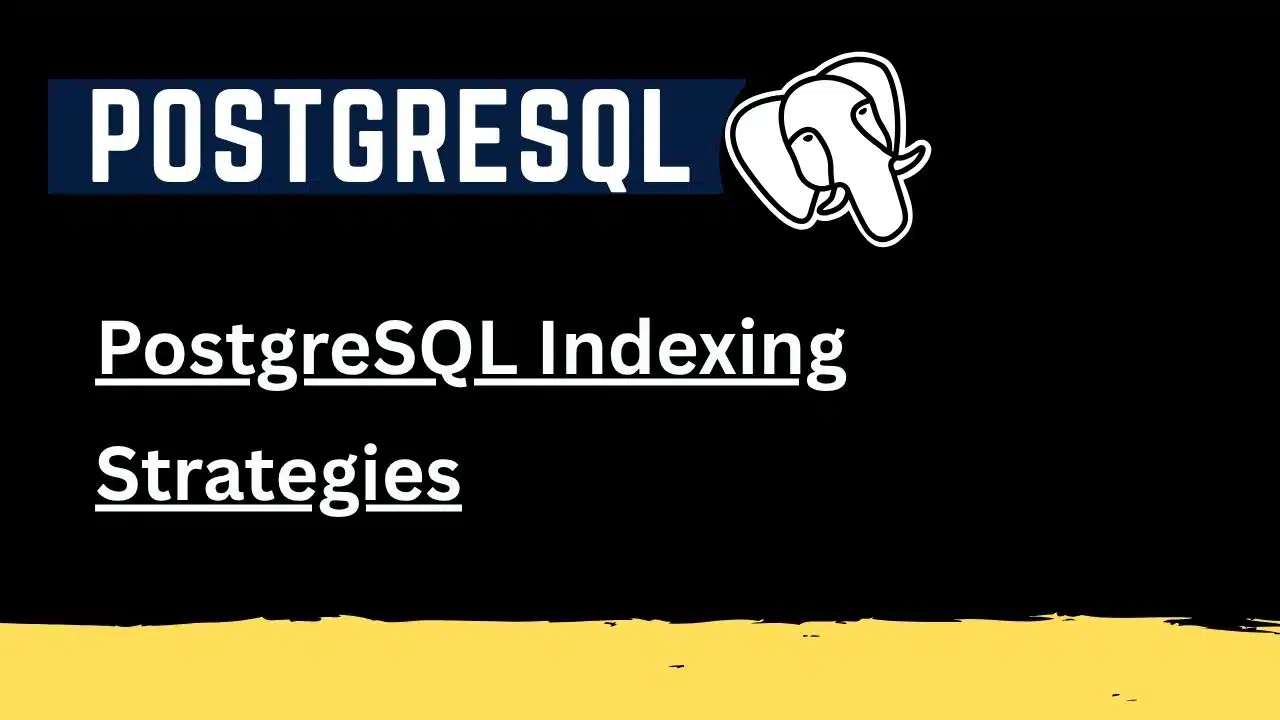PostgreSQL Indexing Strategies
PostgreSQL Indexing Strategies: B-Tree vs GIN vs BRIN
Efficient indexing is one of the most powerful ways to boost PostgreSQL performance.
The right index can turn a slow query into a lightning-fast response, while the wrong one can bloat your database and slow everything down.
In this blog, we’ll explore the three most common PostgreSQL indexing strategies — B-Tree, GIN, and BRIN, their use cases, and when to use each.
1. B-Tree Index — The Default Workhorse
The B-Tree (Balanced Tree) index is PostgreSQL’s default and most commonly used index type.
It’s automatically created when you define a PRIMARY KEY or UNIQUE constraint.
Best For:
-
Equality and range comparisons:
=,<,>,BETWEEN,LIKE 'abc%' -
Sorting and ordering queries
-
High-cardinality columns like IDs or timestamps
Example:
CREATE INDEX idx_employee_id ON employees(employee_id);
2. GIN Index — The Search Specialist
GIN (Generalized Inverted Index) is designed for complex data types like JSONB, arrays, and full-text search.
Unlike B-Tree, GIN indexes store multiple entries for each row, making them ideal for documents and unstructured data.
Best For:
-
Full-text search (
to_tsvector,to_tsquery) -
JSONB data lookups
-
Array and hstore columns
Example:
CREATE INDEX idx_article_content ON articles USING gin(to_tsvector('english', content));







 Want to see how we teach? Head over to our YouTube channel for insights, tutorials, and tech breakdowns:
Want to see how we teach? Head over to our YouTube channel for insights, tutorials, and tech breakdowns: 
 To know more about our courses, offerings, and team: Visit our official website:
To know more about our courses, offerings, and team: Visit our official website:  Let’s connect and talk tech! Follow me on LinkedIn for more updates, thoughts, and learning resources:
Let’s connect and talk tech! Follow me on LinkedIn for more updates, thoughts, and learning resources:  If you want to read more about different technologies, Check out our detailed blog posts here:
If you want to read more about different technologies, Check out our detailed blog posts here: